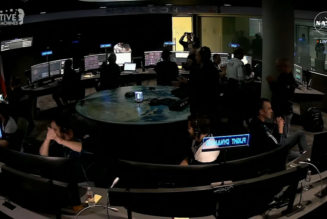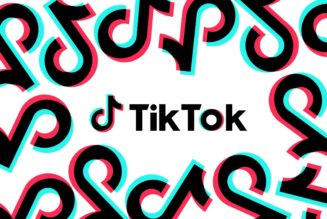A copyright registration granted to the Zarya of the Dawn comic book has been partially canceled, because it included “non-human authorship” that hadn’t been taken into account.

The US Copyright Office has reconsidered the copyright protection it granted last fall to Kristina Kashtanova for her comic book Zarya of the Dawn, reports Reuters. It featured pictures created by feeding text prompts to Midjourney, an artificial intelligence image generator.
According to this letter (PDF) sent to her lawyer by Robert Kasunic, the associate Register of Copyrights, the US Copyright Office has decided that Kashtanova “is the author of the Work’s text as well as the selection, coordination, and arrangement of the Work’s written and visual elements.”
The images themselves, however, “are not the product of human authorship,” and the registration originally granted for them has been canceled. To justify the decision, the Copyright Office cites previous cases where people weren’t able to copyright words or songs that listed “non-human spiritual beings” or the Holy Spirit as the author — as well as the infamous incident where a selfie was taken by a monkey.
The Copyright Office says it only became aware the images were produced by Midjourney after the registration was granted, based on social media posts by Kashtanova, and pursued more information as a result. Both Midjourney and Kashtanova are named on the cover of the book, but according to the letter, that’s the only place Midjourney appears in the 18 pages of material submitted to the Copyright Office, and “The fact that the word “Midjourney” appears on the cover page of a Work does not constitute notice to the Office that an AI tool created some or all of the Work.”
In the letter’s conclusion, Kasunic writes the original certificate was issued based on “inaccurate and incomplete information,” and that’s why it will be canceled.
The artist posted about the decision on Instagram, calling it a “great day” for people using Midjourney and similar tools. “When you put your images into a book like Zarya, the arrangement is copyrightable. The story is copyrightable as well as long as it’s not purely AI produced,” she wrote, while also expressing disappointment at the Copyright Office’s decision not to give her copyright to the individual images.
The Copyright Office decision takes into account how Midjourney produces image output by breaking word prompts into tokens that it compares to training data. While noting that other AI programs could work differently, the letter finds “The fact that Midjourney’s specific output cannot be predicted by users makes Midjourney different for copyright purposes than other tools used by artists.”
The Office also dismisses the claim that her edits to some of the images make them eligible for copyright, judging the changes were either “too minor and imperceptible to supply the necessary creativity for copyright protection” or that it couldn’t determine her contributions based on the information submitted.
Kashtanova’s lawyer Lindberg disagrees, saying, “There are a number of errors with the Office’s arguments, some legal and some factual. However, they all seem to stem from a core factual misunderstanding of the role that randomness plays in Midjourney’s image generation.”
The errors he lists include the interpretation of whether Kashtanova contributed a “modicum” of input or not. Did her prompt engineering qualify as a mere suggestion, or, as he argues, did her instructions cause Midjourney to “do exactly as it is programmed to do and pull from an artist-chosen place in its massive table of probabilities to drive the generation of an image”?
Claims Lindberg: “AI-assisted art is going to need to be treated like photography. It is just a matter of time.”
Kashtanova closed her post by saying: “My lawyers are looking at our options to further explain to the Copyright Office how individual images produced by Midjourney are direct expression of my creativity and therefore copyrightable.”









